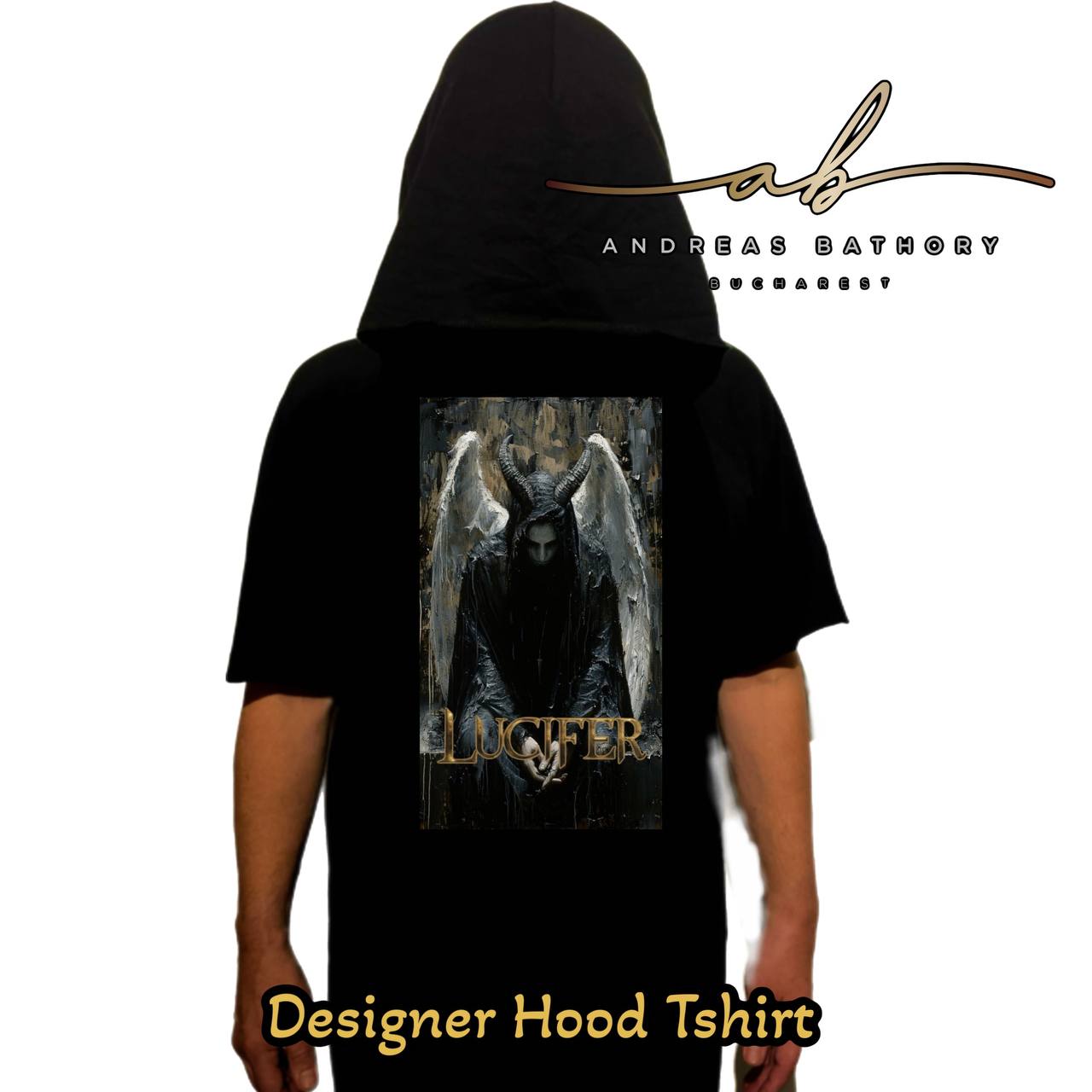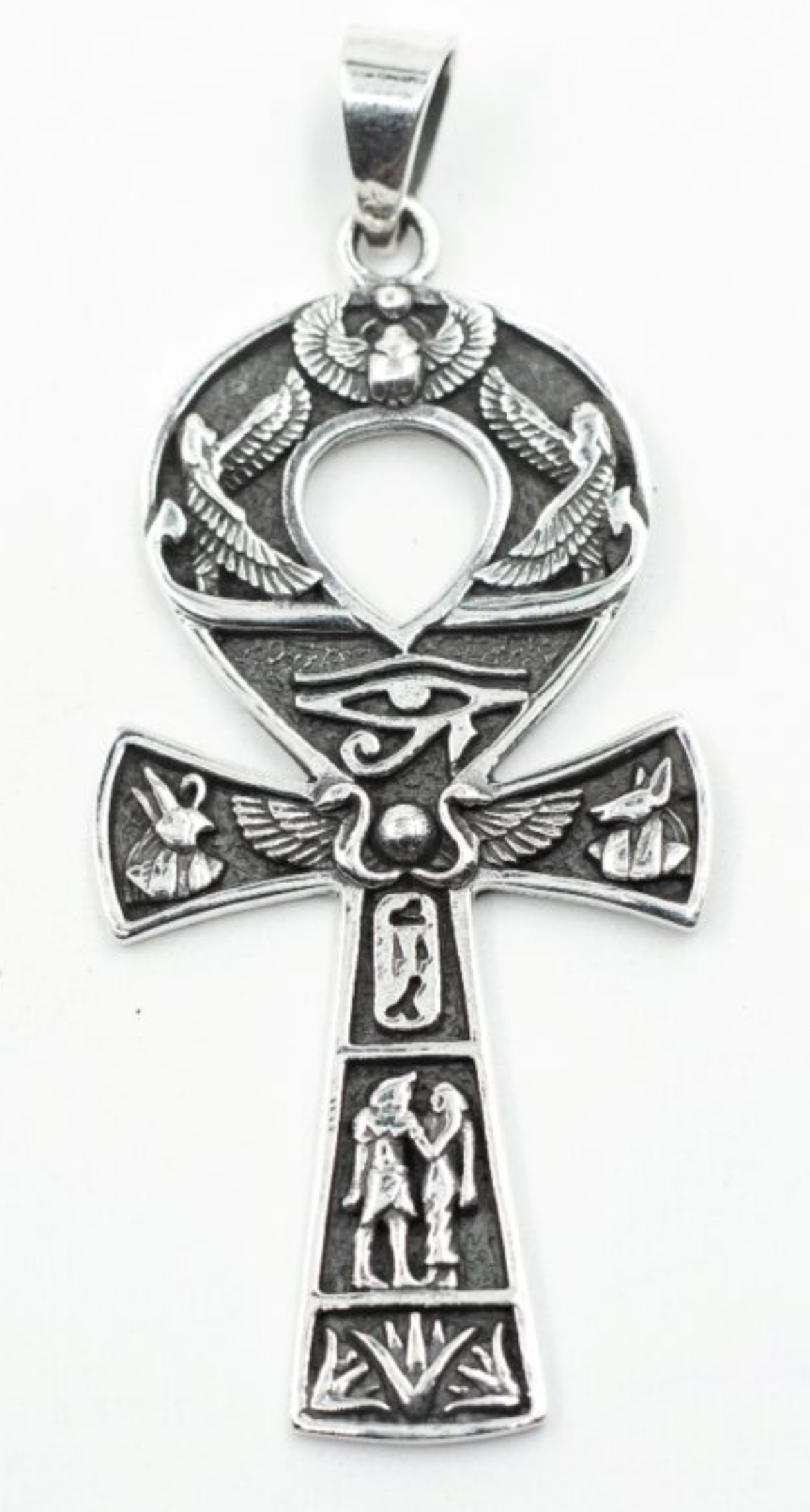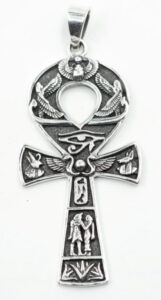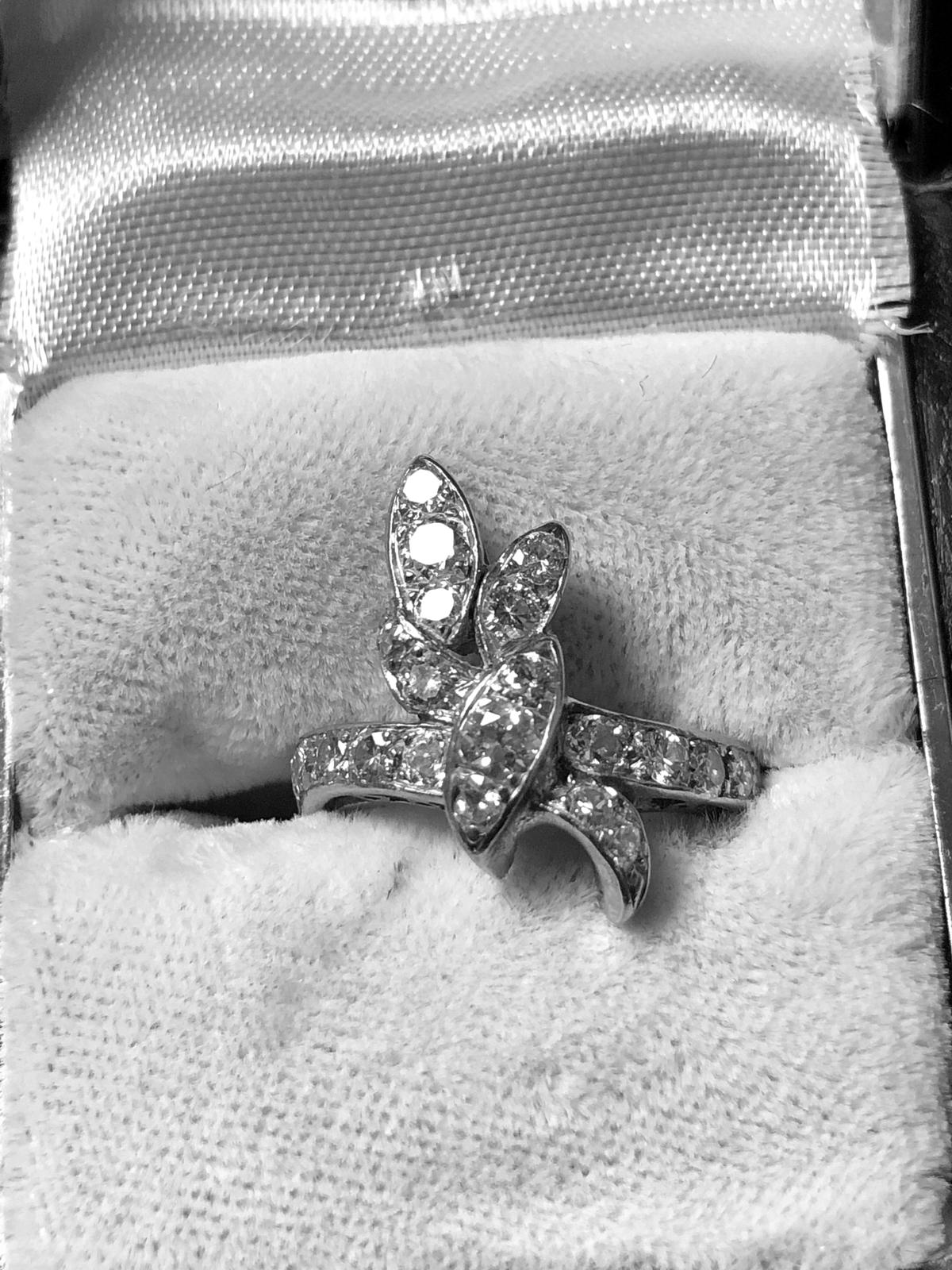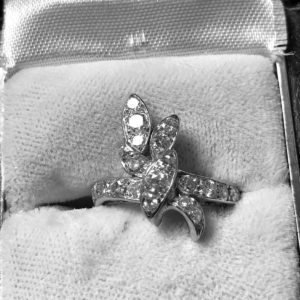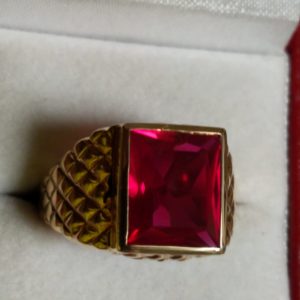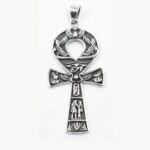Description
Antique silver 925, 6 cm tall. Egypt
It contains multiple elements with rich symbolic meanings:
1.The Ankh (overall shape): The Ankh itself is a key symbol in ancient Egypt, often referred to as the “key of life” or “breath of life.” It represents eternal life and was commonly depicted in the hands of Egyptian gods and goddesses.
2.The Eye of Horus (center): In the middle of the crossbar, there is the Eye of Horus, a powerful symbol of protection, royal power, and good health. This eye represents the falcon-headed god Horus and is associated with healing and safety.
3.Scarab (top center): At the top, you can see a scarab beetle. The scarab was a symbol of transformation, rebirth, and the daily journey of the sun across the sky, linked to the god Khepri.
4.Winged Figures (on either side): The wings may represent Horus or other deities that are often shown with wings as a protective force. Wings in Egyptian iconography frequently denote divine protection and power.
5.Anubis (right lower part of the crossbar): Anubis is the god associated with mummification and the afterlife. His appearance on the pendant emphasizes a connection to the protection of the dead and eternal life.
6.Falcon (left lower part of the crossbar): The falcon is likely representing Horus, the sky god, who is often depicted with the head of a falcon. Horus symbolizes kingship, power, and protection.
7.Figures at the bottom (inside the vertical part of the ankh): These could be representations of Egyptian gods or pharaohs, depicting scenes of offering or interaction with the divine, emphasizing the connection between life and the gods.
8.Papyrus plants (at the very bottom): Papyrus was a symbol of life and growth, often associated with Lower Egypt. It represents fertility and the connection to the land and Nile River.
In essence, this pendant integrates several aspects of life, protection, rebirth, and divine power, making it a powerful piece rich in symbolism from ancient Egyptian culture.
